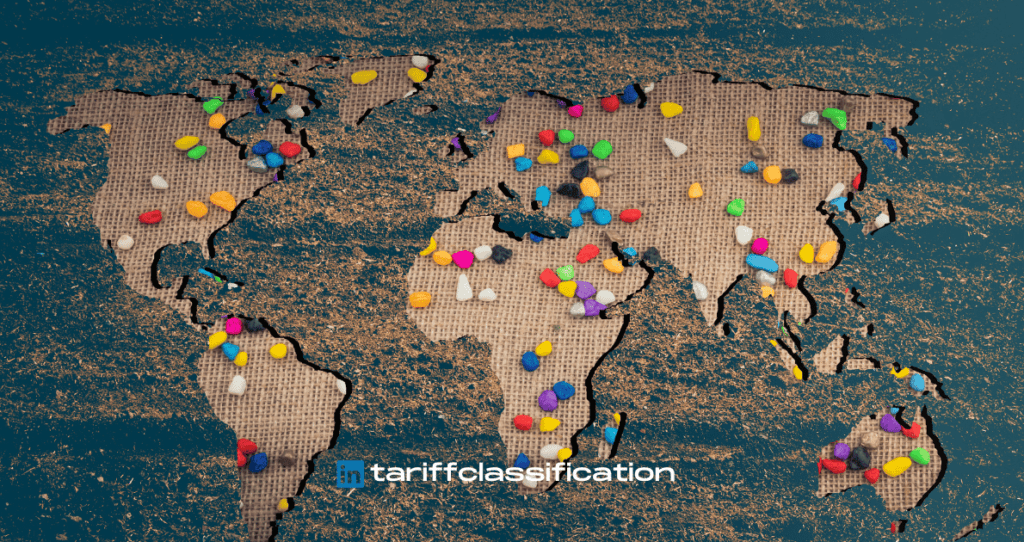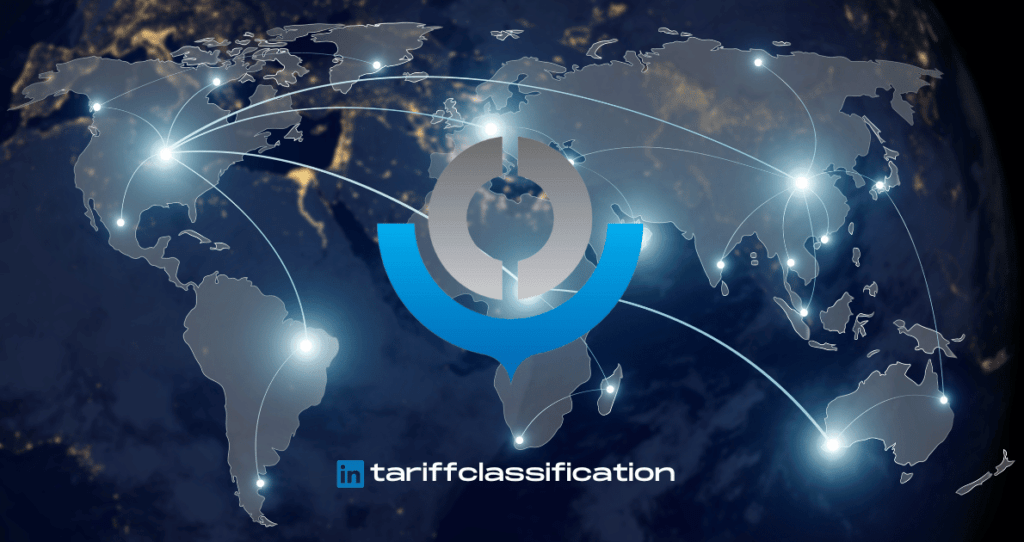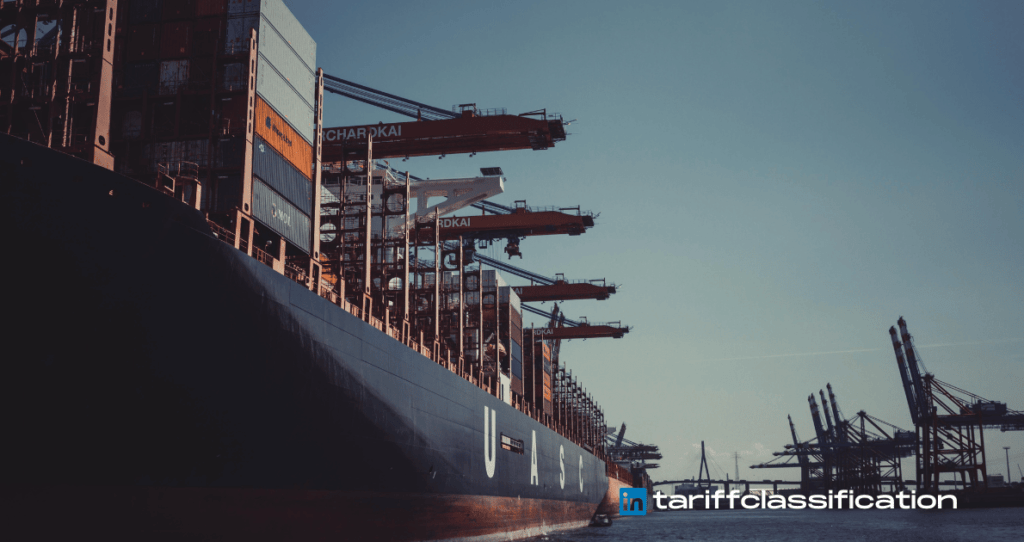What is rules of origin?
Understanding the laws of origin for trade compliance classification is crucial for managing the complexity of international trade. This is so that international trade agreements and regulations may define how a product should be handled based on its origin. As a result, it’s crucial to comprehend the rules of origin in order to classify commodities […]
What is rules of origin? Read More »




